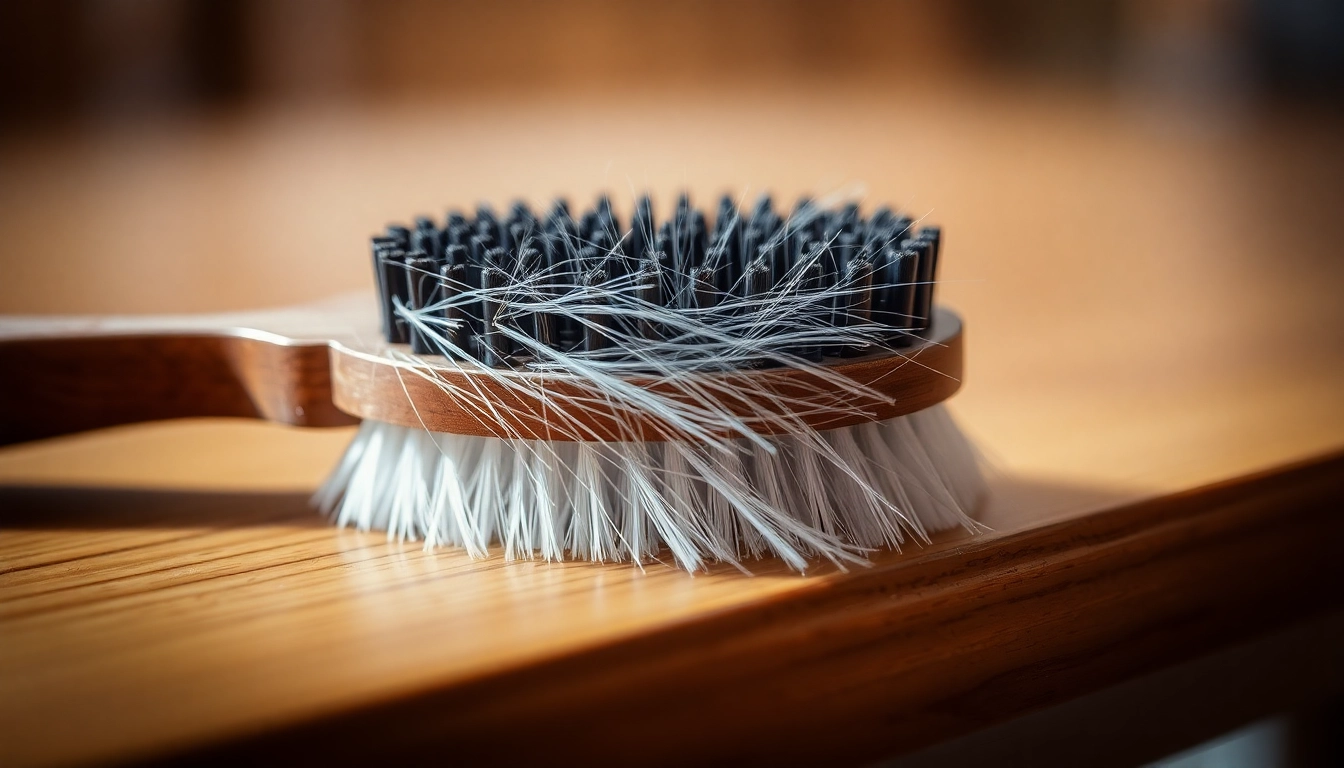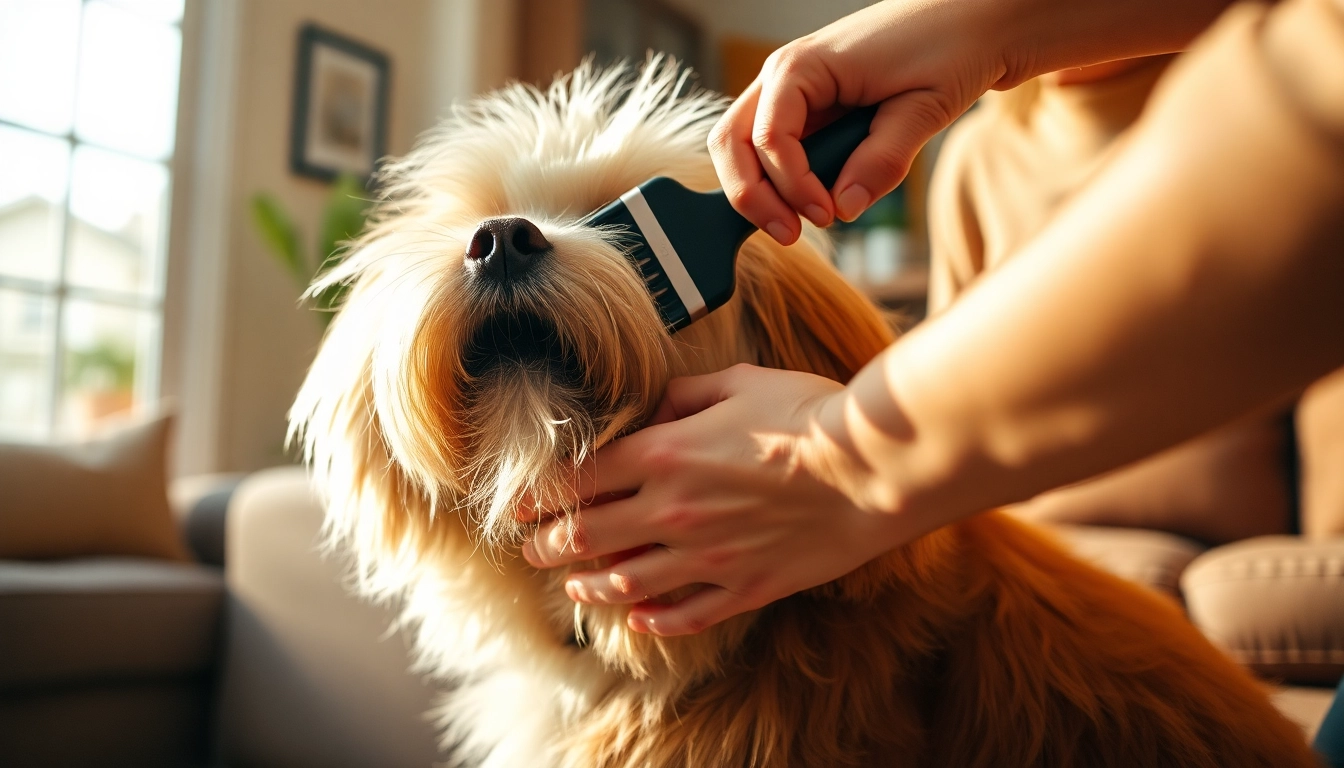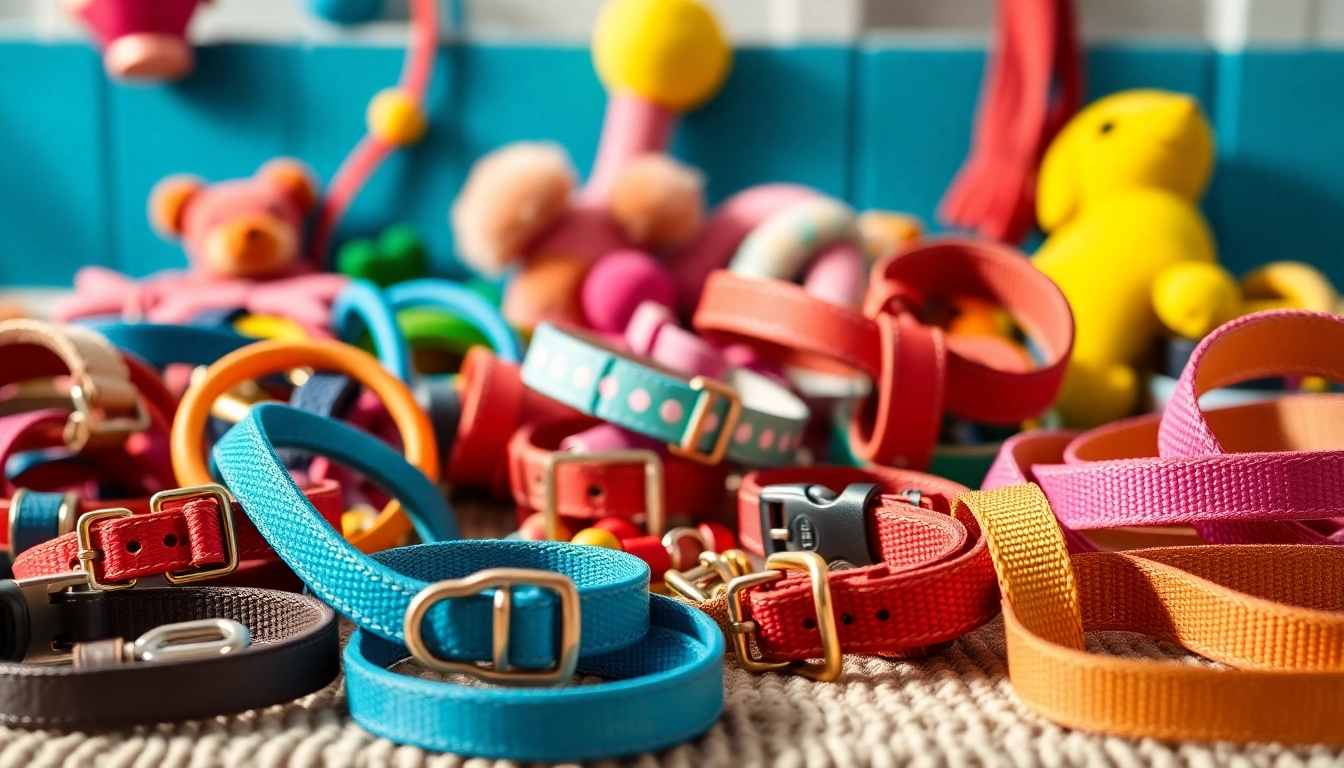Understanding the Benefits of a Pet Hair Brush
For pet owners, keeping their homes clean and their pets healthy can often feel like a full-time job. Excess pet hair can be a constant challenge, particularly in shedding seasons. This is where a pet hair brush becomes an essential grooming tool. Not only does it help manage loose hair, but it also plays a crucial role in your pet’s overall well-being. Understanding the benefits of using a pet hair brush is the first step to achieving a stress-free grooming experience for both you and your furry friend.
Why Use a Pet Hair Brush?
Using a pet hair brush is important for several reasons:
- Reduces Shedding: Regular brushing helps control shedding by removing dead hair and preventing it from becoming embedded in your home furnishings.
- Enhances Bonding: Grooming your pet is a wonderful way to strengthen the bond between you and your dog, providing them with attention and care.
- Promotes Healthy Skin: Brushing distributes natural oils across your pet’s fur, which contributes to a shinier and healthier coat.
- Prevents Mats and Tangles: Regular brushing keeps the coat free of mats and tangles, which can lead to painful pulling on the skin.
- Spotting Health Issues: During brushing, you may detect signs of skin irritations, lumps, or parasites like fleas and ticks, allowing for early intervention.
Key Features to Look For
When selecting a pet hair brush, consider the following features:
- Brush Type: Different brushes serve various purposes—slicker brushes help with tangles, while bristle brushes work well on short-haired breeds. Understand your pet’s coat type to choose the right brush.
- Comfort Grip: An ergonomic handle can make a significant difference during longer grooming sessions, reducing hand strain.
- Size: The size of the brush should be compatible with your dog’s size and coat length for effective grooming.
- Easy Cleaning: Look for brushes with features that simplify cleaning, such as buttons or removable bristles.
How a Brush Improves Pet Health
The benefits of regular brushing extend beyond just hygiene. Brushing your dog can:
- Stimulate Blood Circulation: The action of brushing stimulates the skin and increases blood flow, which is essential for skin health.
- Remove Dirt and Debris: A good brushing session helps eliminate dirt, dust, and other allergens, reducing the risk of irritations.
- Improve Pet Behavior: Regular grooming can help to desensitize your dog to touch and handling, making visits to the veterinarian or groomer less stressful.
Selecting the Right Pet Hair Brush for Your Dog
Choosing the correct pet hair brush for your dog is vital to ensure effective grooming. There are various brush types to consider, each designed for specific coat types and grooming needs.
Brush Types and Their Uses
Here are the main brush types and their intended uses:
- Slicker Brushes: These brushes feature fine, short wires close together and are excellent for removing loose fur and preventing matting in long-haired breeds.
- Bristle Brushes: Ideal for short-haired dogs, bristle brushes remove dirt and stimulate the skin, enhancing shine and health.
- Pin Brushes: These have widely spaced pins that are great for untangling longer fur without pulling on the skin.
- Rubber Brushes: Perfect for dogs that don’t shed much, rubber brushes help remove loose hair during baths.
- Dematting Tools: These specialized tools are designed to cut through tangles and mats in long-haired dogs.
Choosing Based on Coat Type
When selecting a brush, it’s essential to consider your dog’s coat type:
- Short Coat: For dogs with short fur, a bristle brush or rubber brush is generally sufficient. These brushes remove loose hair and dirt while promoting sheen.
- Medium Coat: Dogs with medium coats benefit from a combination of a slicker brush and a bristle brush to manage shedding effectively.
- Long Coat: Long-haired breeds require frequent brushing using a slicker brush to avoid tangles and mats. A wide-tooth comb can also be effective to finish off.
- Curly Coat: Curly-coated dogs need pin brushes or specialized dematting tools to prevent matting, maintaining both coat health and aesthetics.
Price and Quality Considerations
When investing in a pet hair brush, price often reflects quality. While cheaper options might seem appealing, they can result in a subpar grooming experience:
- Invest in Quality: Look for brushes made from durable materials that provide long-term use.
- Read Reviews: Customer feedback can give insight into a product’s effectiveness and durability.
- Warranty Options: Some brands offer warranties, indicating their confidence in the product’s quality.
Best Practices for Using Your Pet Hair Brush
To make the most of your pet hair brush, it’s important to adopt the right grooming techniques and routines.
Techniques for Effective Grooming
Here are some techniques to follow for effective grooming:
- Start with a Dry Coat: Always brush your dog when their coat is dry to prevent discomfort.
- Brush in the Direction of Hair Growth: Always move the brush in the direction that the hair grows to avoid pulling and stressing the skin.
- Short Sessions: Keep sessions brief at first, especially if your pet is new to grooming. Gradually increase the duration as they become more comfortable.
- Be Gentle: Use soft strokes and avoid pressing hard, especially on sensitive areas like the belly and paws.
How Often Should You Groom?
The frequency of grooming depends largely on the breed and coat type:
- Short-Haired Breeds: These dogs generally require brushing every 1-4 weeks.
- Medium-Haired Breeds: Regular brushing once a week is often sufficient.
- Long-Haired Breeds: Daily brushing is recommended to prevent tangles and mats.
- Seasonal Shedders: Breeds that shed heavily during specific seasons will require more frequent brushes during these periods.
Dos and Don’ts of Pet Grooming
To create a positive grooming experience, keep these dos and don’ts in mind:
- Do: Reward your pet with treats and praise after grooming to reinforce positive behavior.
- Do: Make grooming a regular part of your dog’s routine, as familiarity will help them relax.
- Don’t: Use a brush that’s uncomfortable for your dog’s coat type, as this can create negative associations.
- Don’t: Rush through grooming sessions; taking your time will make the experience enjoyable for your pet.
Maintaining Your Pet Hair Brush
Like any grooming tool, maintaining your pet hair brush ensures its efficiency and longevity.
Cleaning Techniques for Longevity
Here are some simple cleaning techniques to extend the life of your pet hair brush:
- Remove Hair After Each Use: Use a comb or your fingers to remove trapped hair right after brushing your pet.
- Wash Bristle Brushes: Use warm, soapy water to gently clean the bristles. Rinse thoroughly and let air dry; avoid soaking the handle.
- Disinfect Brushes: For deeper cleaning, consider using a diluted solution of vinegar or mild disinfectant to kill bacteria.
When to Replace Your Brush
Even the best brushes have a lifespan. Consider replacing your brush if:
- Bristles are Worn Out: If they lose their ability to effectively groom and remove hair.
- Handle is Damaged: A unstable or cracked handle can be dangerous during grooming.
- Brush Doesn’t Perform: If you notice a decline in the brush’s effectiveness, it may be time for an upgrade.
Storage Tips for Pet Grooming Tools
Proper storage is key to maintaining your grooming tools:
- Keep Brushes in a Dry Place: Avoid damp areas where bacteria can grow.
- Use a Designated Storage Area: A grooming kit or storage box can help keep your brushes organized and readily accessible.
- Avoid Sunlight Exposure: Prolonged sun exposure can degrade rubber and plastics; store brushes away from direct sunlight.
Expert Tips for Making Grooming a Positive Experience
Creating an enjoyable grooming experience can make all the difference for both you and your dog.
Creating a Comfortable Environment
Setting the right atmosphere for grooming is essential:
- Choose a Comfortable Spot: Aim for a quiet area with enough base for you and your pet to move comfortably.
- Use Familiar Scents: Surrounding your dog with familiar scents can help keep them calm. Consider using a favorite blanket or toy.
- Soothing Music: Soft music can decrease stress levels in both pets and owners during grooming sessions.
Handling Difficult Pets
For pets that are anxious or untrustworthy during grooming, try the following strategies:
- Start Slow: If your dog is wary, begin by simply allowing them to investigate the brush without any grooming.
- Desensitize Gradually: Use treats to gradually approach the brushing process, rewarding your pet as they grow accustomed to being groomed.
- Choose the Right Time: Groom at times when your pet is calm and relaxed, perhaps after a walk or play session.
Integrating Grooming into Your Routine
To make grooming a routine part of your pet’s life:
- Schedule Regular Sessions: Establish a consistent schedule for grooming, be it weekly or bi-weekly, to create familiarity.
- Combine with Other Activities: Combine grooming with other positive experiences, like treats or playtime, to create positive associations.
- Involve Family Members: Involving others in the grooming process can help your dog become more comfortable and make it a fun family experience.



